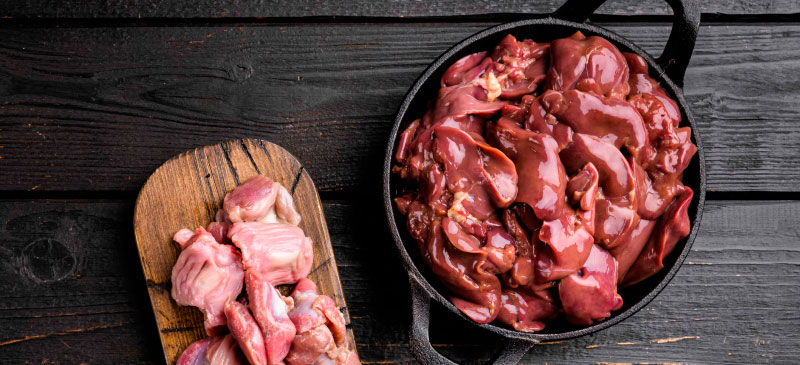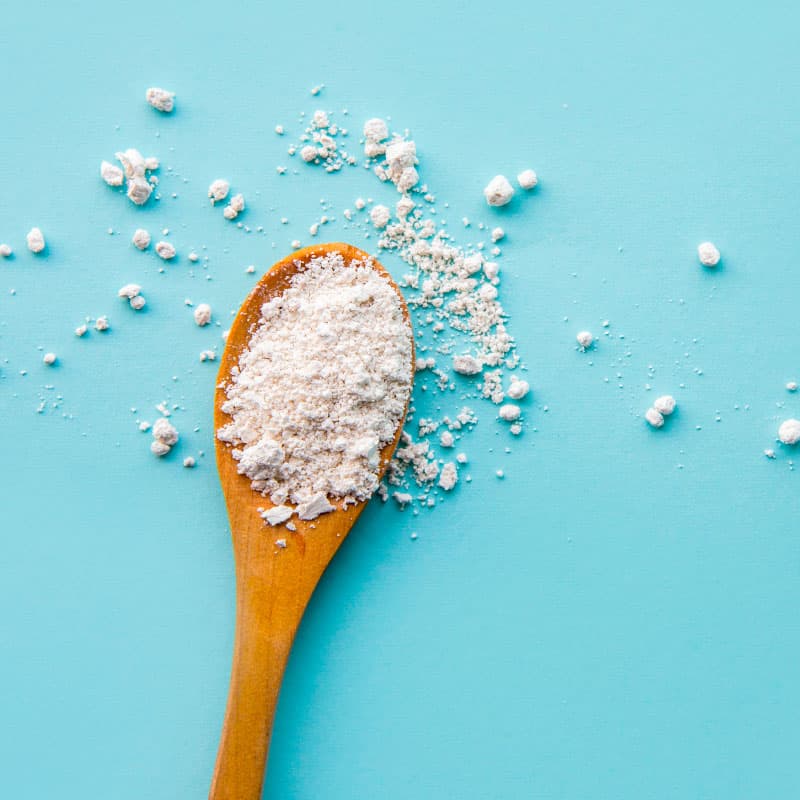This Dr. Axe content is medically reviewed or fact checked to ensure factually accurate information.
With strict editorial sourcing guidelines, we only link to academic research institutions, reputable media sites and, when research is available, medically peer-reviewed studies. Note that the numbers in parentheses (1, 2, etc.) are clickable links to these studies.
The information in our articles is NOT intended to replace a one-on-one relationship with a qualified health care professional and is not intended as medical advice.
This article is based on scientific evidence, written by experts and fact checked by our trained editorial staff. Note that the numbers in parentheses (1, 2, etc.) are clickable links to medically peer-reviewed studies.
Our team includes licensed nutritionists and dietitians, certified health education specialists, as well as certified strength and conditioning specialists, personal trainers and corrective exercise specialists. Our team aims to be not only thorough with its research, but also objective and unbiased.
The information in our articles is NOT intended to replace a one-on-one relationship with a qualified health care professional and is not intended as medical advice.
What Are Giblets and How Do You Cook With Them?
November 16, 2022

Giblets are the inners of chicken and other poultry that are used for flavoring and recipes like giblet gravy. They naturally add a complex, rich, meaty flavor to dishes and extra nutritional benefits.
Using giblets also cuts down on waste because you consume the entire bird instead of discarding everything but the fleshy meat.
To boost your protein, vitamin A and antioxidant intake, consider adding giblets to your diet or using them in your holiday fixings, like gravy and stuffing.
What Are Giblets?
Giblets are the livers, gizzards and hearts of poultry, mainly turkeys, chickens and ducks. They are used to flavor stock gravy and other dishes, often sold as part of the body cavity when buying whole poultry or in a bag of organs. In a bag of giblets, you may also find poultry neck, feet and wing tips.
The gizzard found in giblet bags is a stomach muscle that poultry uses to digest fibrous plants and seeds. The lobes of the muscle are consumed.
Gizzards (especially from duck) are also used to make confit, a traditional French cooking method that preserves foods by cooking them slowly in oil, grease or sugar water.
Benefits
1. High in Protein
A cup of chopped giblets contains about 40 grams of protein, making it an excellent source of the macronutrient. Eating enough protein is critical for organ function, and it helps boost muscle mass, aid weight loss and improve mood.
Research shows that it’s also vital for bone health, maintaining healthy blood sugar levels and supporting cognition.
If you’re trying to increase how much protein you eat in a day, adding giblets to your diet can make a big difference.
2. Provides Vitamin A
Organ meats like liver are a great source of vitamin A, a powerful antioxidant that plays a critical role in neurological function, healthy vision and skin, inflammation control, and immune system function.
Research indicates that vitamin A may also have cancer-fighting properties. Upping your intake of vitamin A foods may help improve your protection against cancer development, especially skin, bladder, breast, prostate and lung cancer, according to research.
3. Contains CoQ10
Animal organ meats have the highest levels of CoQ10 per serving, especially giblets like chicken heart and liver. Coenzyme Q10 has proven to be an essential nutrient that acts as an antioxidant in the body.
CoQ10 is needed for the body to produce cellular energy and defend cells from damage caused by free radicals. A deficiency in the coenzyme can cause chronic disease, nutrient deficiencies and other serious health problems.
4. Jam-Packed With B Vitamins
Liver is considered a superfood because of its impressive B vitamin content. Chicken liver, for example, contains more than double the daily recommended value for vitamin B12 in just one serving. Liver also contains good amounts of folate, riboflavin, niacin, vitamin B6 and pantothenic acid.
Poultry heart and kidneys are also excellent sources of B vitamins, which is why eating giblets can aid digestion, boost energy levels and improve brain function. Studies have found that B vitamins are responsible for body functions that allow for healthy metabolism and neurotransmitter synthesis, as well.
5. Good for Pets
Did you know that giblets are healthy for pets, too? Because they are rich in protein and micronutrients, cooked giblets can support your pet’s brain function, heart health, energy levels, and muscle and joint health.
How to Use Them (How to Cook, Recipes)
Giblets can be purchased at your local butcher with a whole chicken, turkey or duck. You can also ask for a bag of giblets, which is a less pricey option.
Some brands sell whole poultry with giblets, but that is less common, especially with the rise of factory farming conventional poultry. If you’re searching a grocery store, look in the section that displays offal or organ meats.
Giblets can be stored in the refrigerator for just a few days. If you aren’t using them right away, put them in the freezer in an airtight bag or container. Then thaw them out before cooking.
Before preparing the organ bits, rinse them with water, and pat them try. They can be chopped or left whole, depending on the recipe you’re following.
Giblets are used to flavor sauces and gravy, simmered and eaten with potatoes and vegetables, browned in butter and simmered, and used in stuffing. Some traditional recipes include giblets, such as the following:
- Giblet gravy: Unlike conventional gravy that’s made with preservatives and lacks nutritional value, homemade giblet gravy is rich in vitamins and minerals and adds flavor to your meal. The bits are boiled and combined with bone broth, diced vegetables, and herbs like cayenne and sage to make a roux.
- Giblet stuffing: Giblet pieces are cooked in butter and combined with celery and onions. Then the mix is tossed with breadcrumbs and used to stuff a whole turkey. You’ll be left with a flavor-rich giblet stuffing.
- Giblets à la bourguignon: A traditional preparation of meat bits involves simmering giblets in red wine, along with mushrooms, onions and sometimes bacon.
- Battered and fried giblets: Another way to prepare giblets is to batter the bits with flour and deep fry them with cooking oil. Some recipes, like this one for Southern Fried Gizzards, include marinating the gizzards in chopped onion and buttermilk before frying.
- Giblet pâté: If you have a meat grinder, you can easily make giblet pâté or use a sharp knife to chop the bits into very small pieces. The meat is then browned in cooking oil and combined with onion and celery. Lastly, add in one egg, mayonnaise and spices. Try this recipe: Turkey Giblet Pâté.
Risks and Side Effects
Giblets may contain purines, molecules that are linked to gout flare-ups in some people. If you’re prone to gout, monitor your giblet intake to ensure it doesn’t exasperate the issue.
It’s also important to be mindful of the amount of cholesterol you consume from giblets. It’s healthiest when consumed in moderation.
Conclusion
- Giblets are the livers, gizzards and hearts of poultry, mainly turkeys, chickens and ducks.
- They are used to flavor recipes and are also rich in nutrients, including protein, CoQ10, vitamin A and B vitamins.
- Giblets are often sold as part of the body cavity when buying whole poultry or in a bag of organs. Traditionally, they are used to make stuffing, gravy, sauces and pâté.









